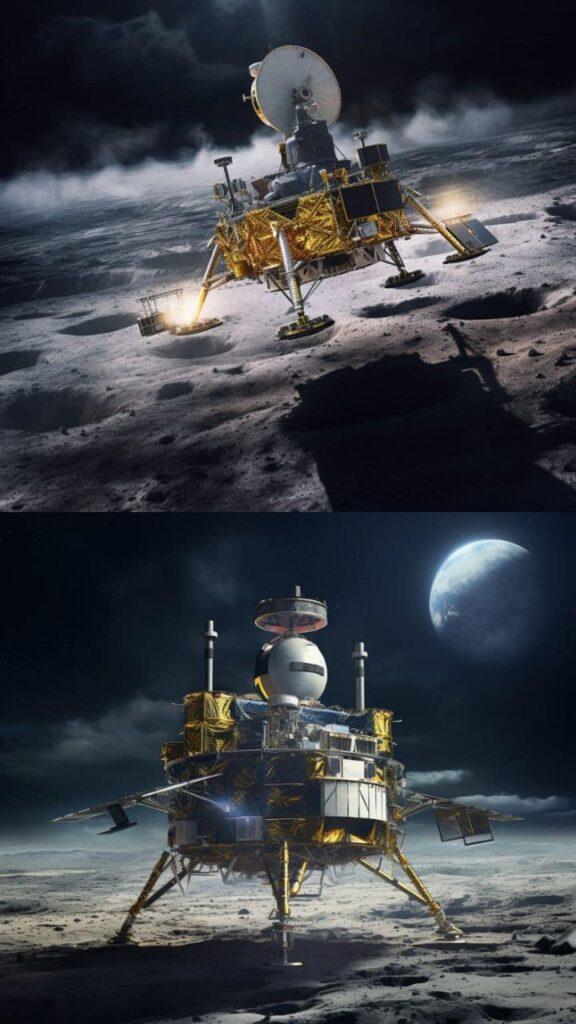
The landing is expected to be in the 69.37, 32.35 region near the south polar region of the Moon. It is 100 km away from the area where the Chandrayaan 2 lander attempted to land. It is a steep, rocky area. Chandrayaan 2’s landing site was between the craters Mancinus C and Symposiu N.
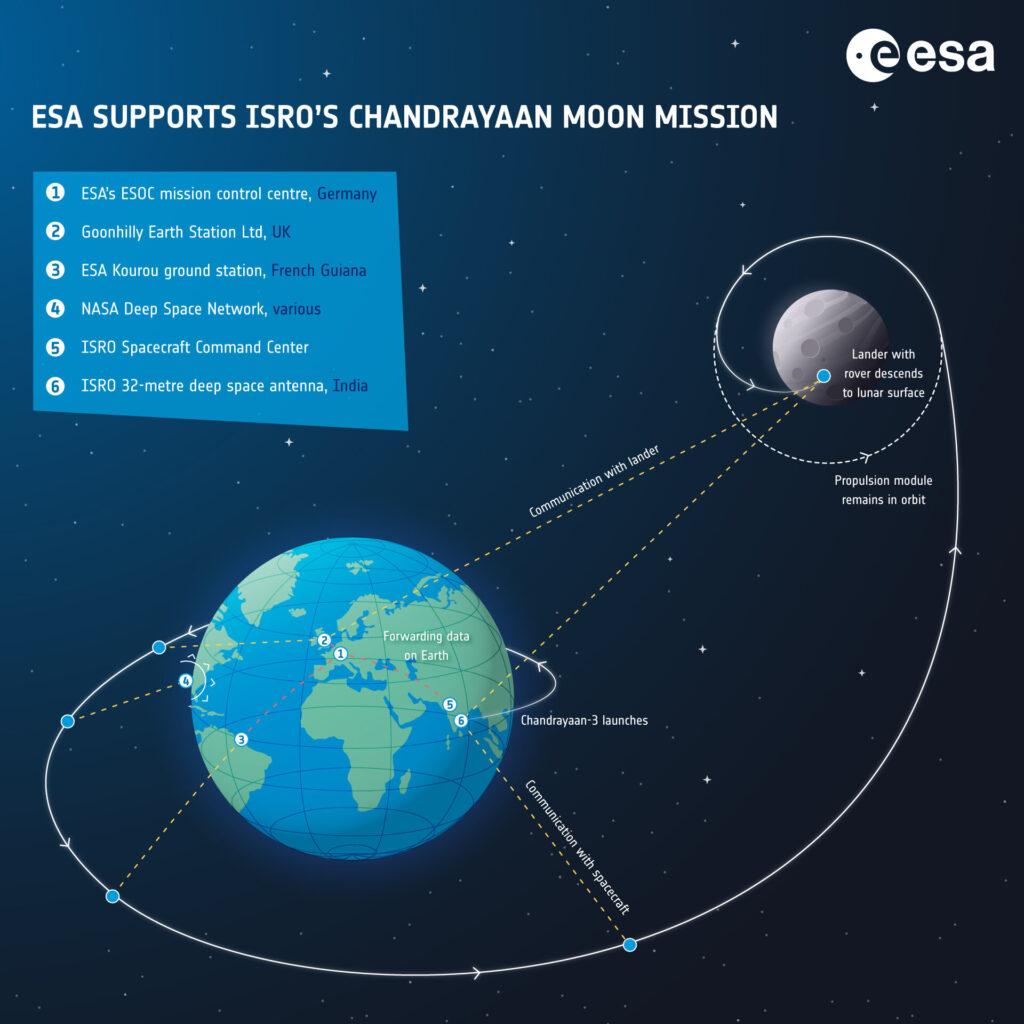
The US’s Lunar Reconnaissance Orbiter satellite captured images of the region after Chandrayaan 2’s lander Vikram attempted a failed soft-landing. The South Pole of the Moon is a region of great interest to scientists.
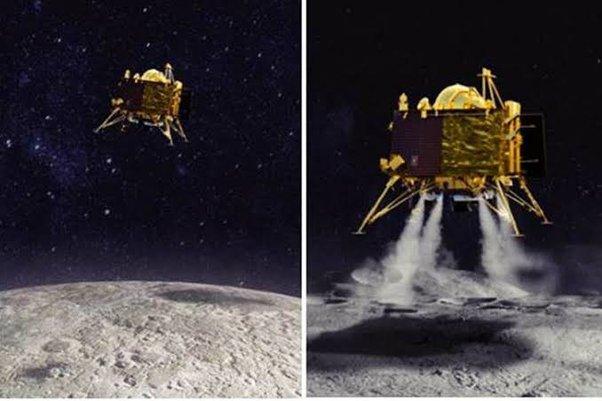
There is a large deposit of water here in the form of ice. Similarly, sunlight does not reach many of the caves here. Scientists hope they hold evidence of the ancient solar system.
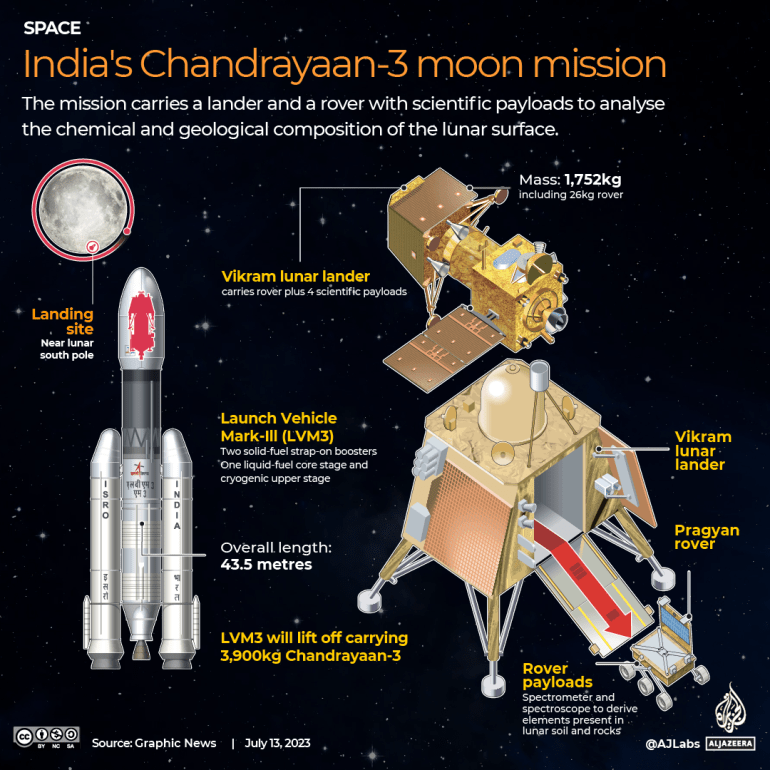
Aitkin Basin, a feature of the Moon, and Epsilon Peak, 9.05 km high, are located at the South Pole.
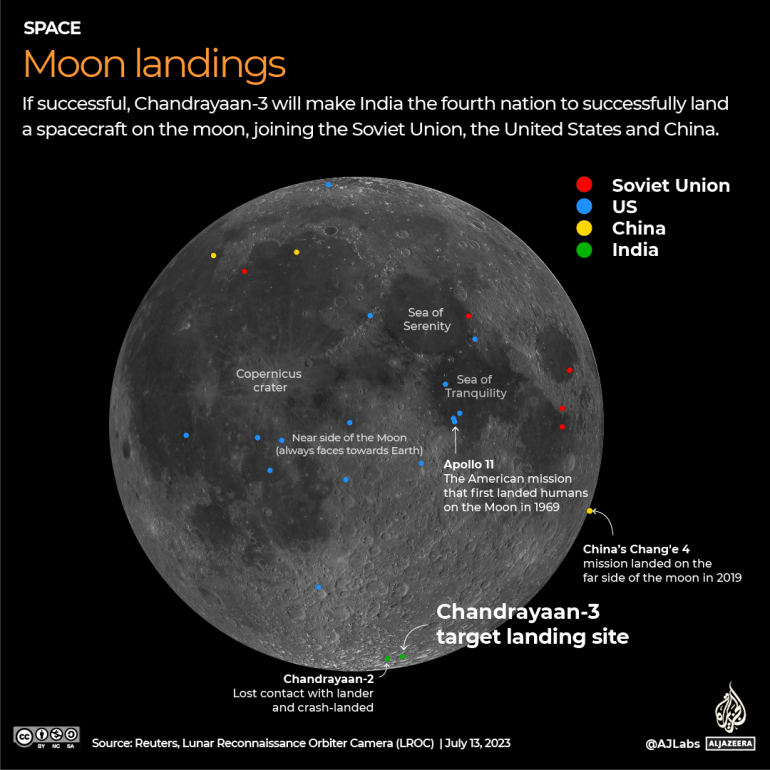

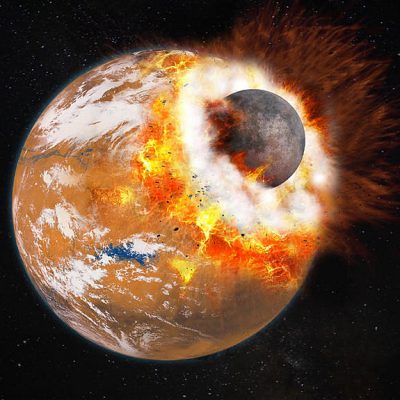
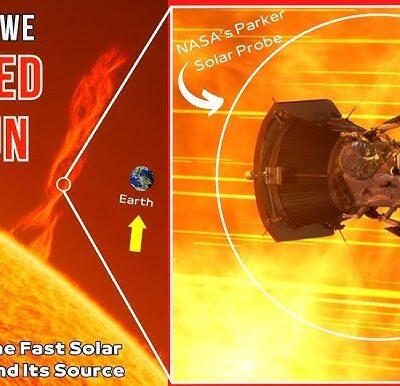
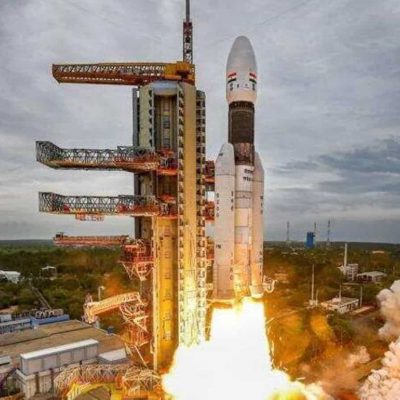
Recent Comments